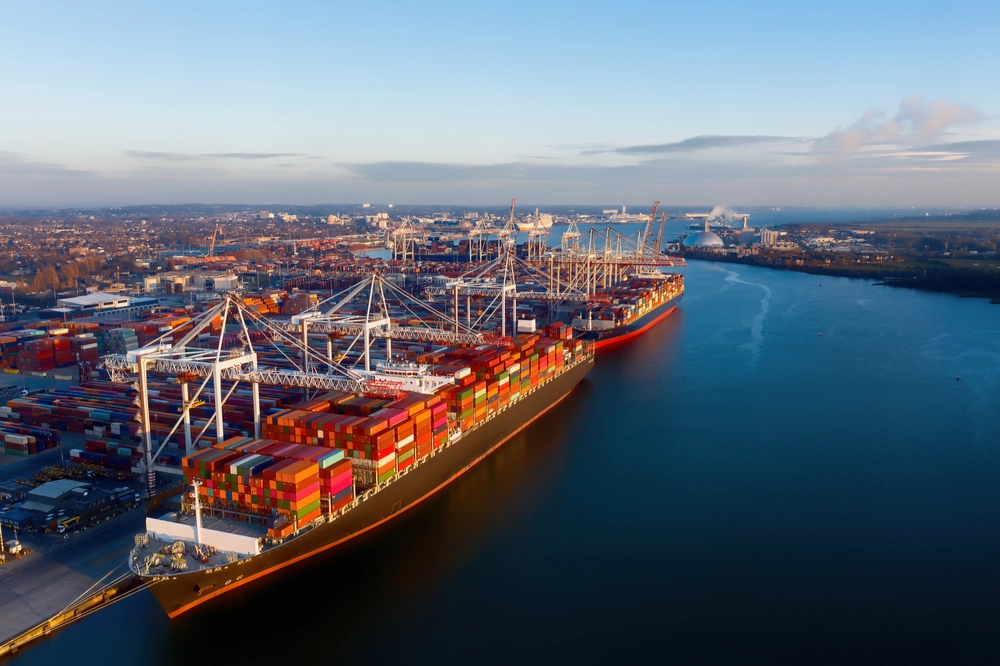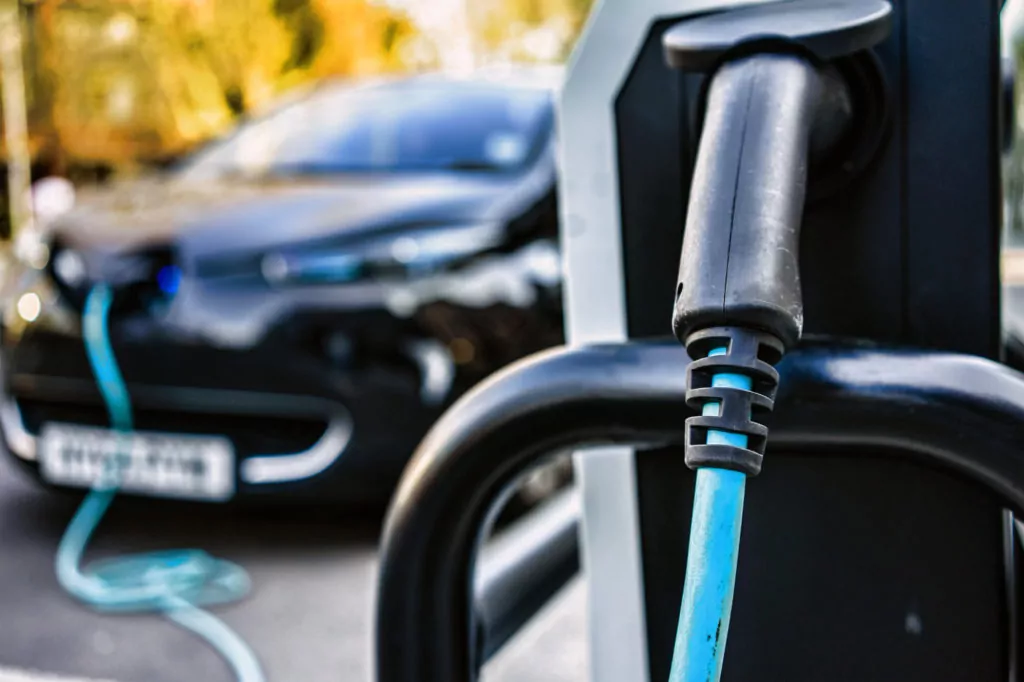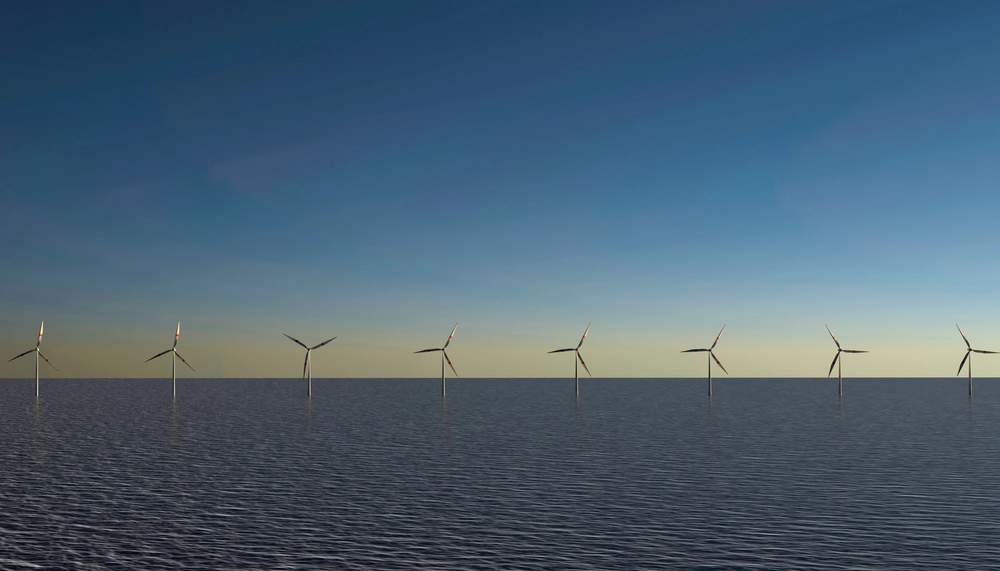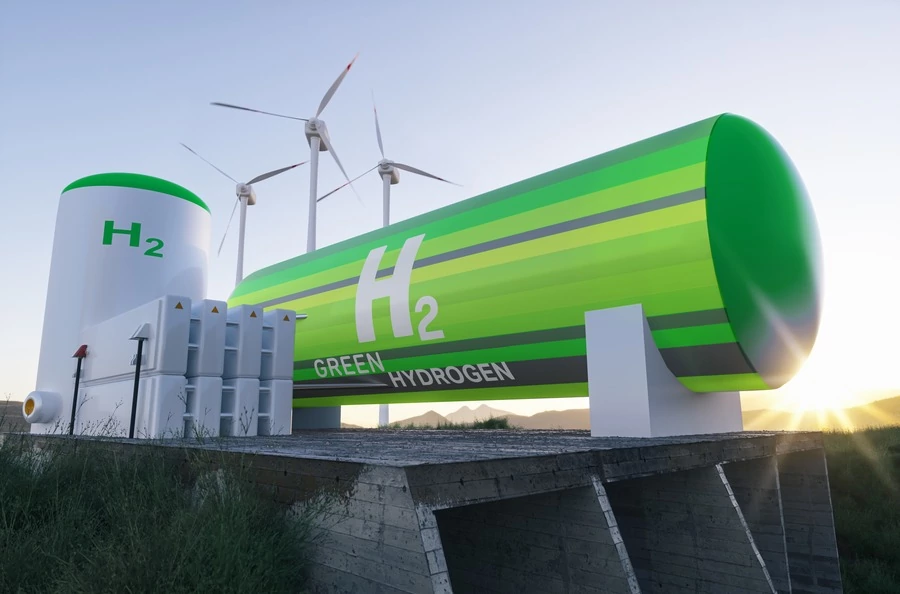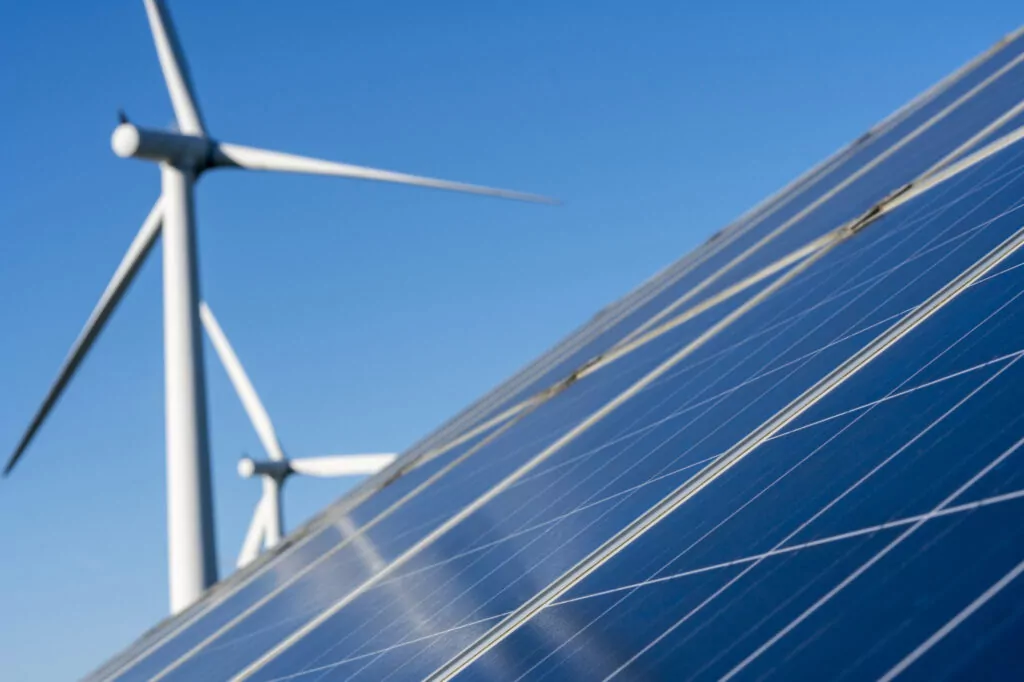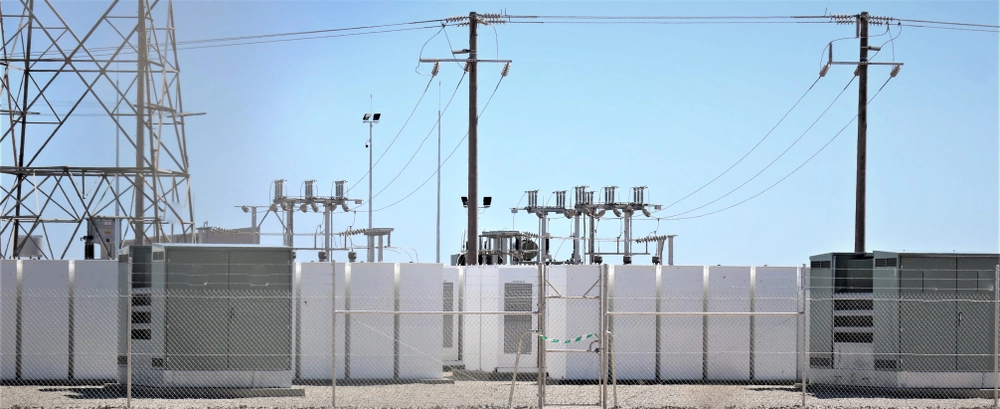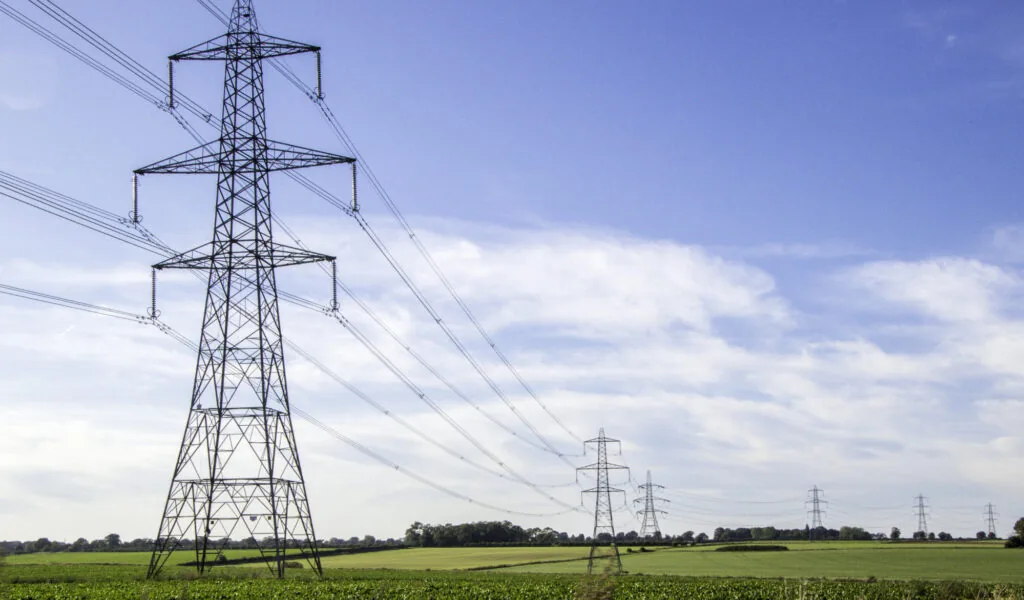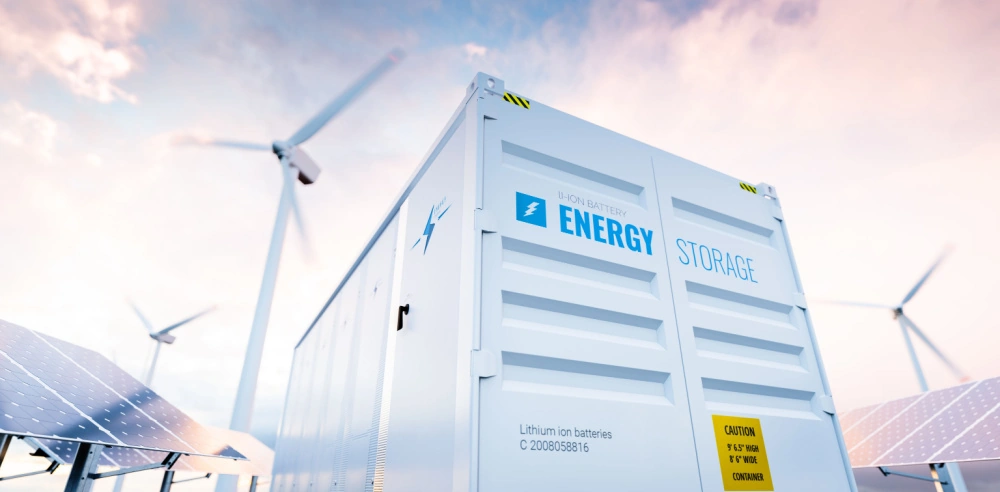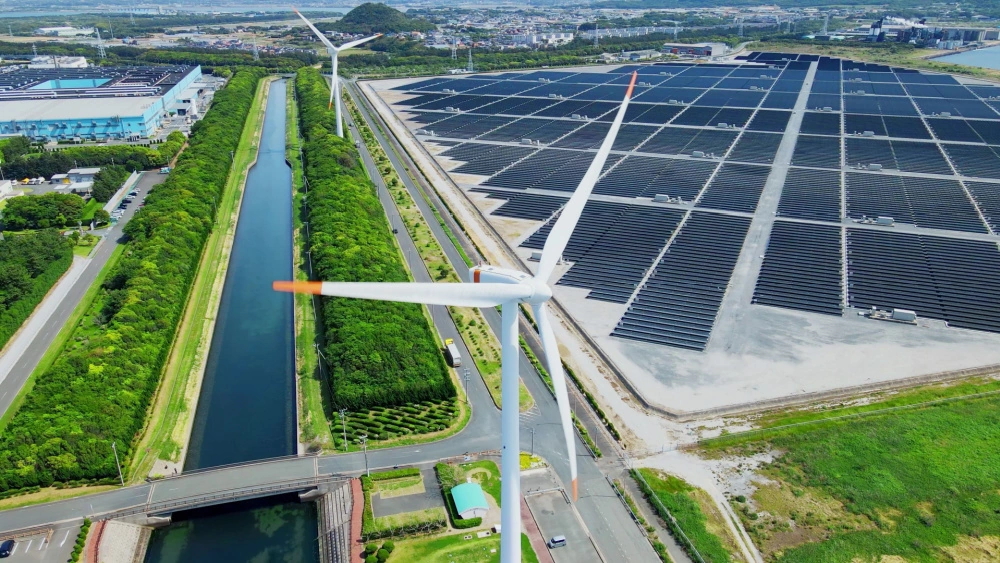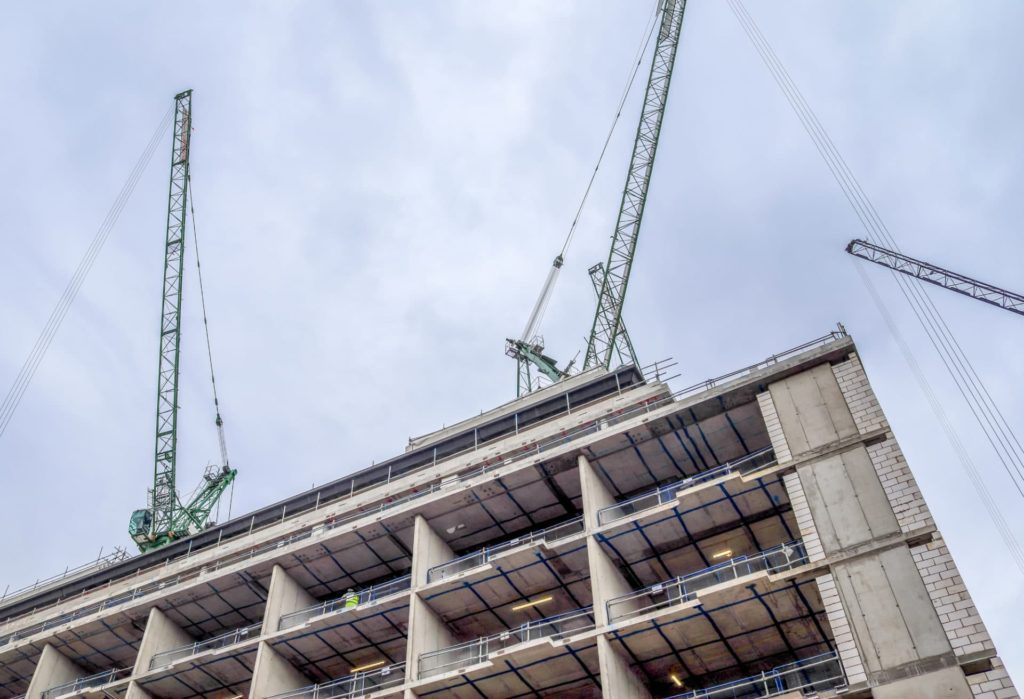
Space congestion: What is it? And why you should care!

By Rachel Griffith, John Catchpole
3 Feb 2022 | 4 minute read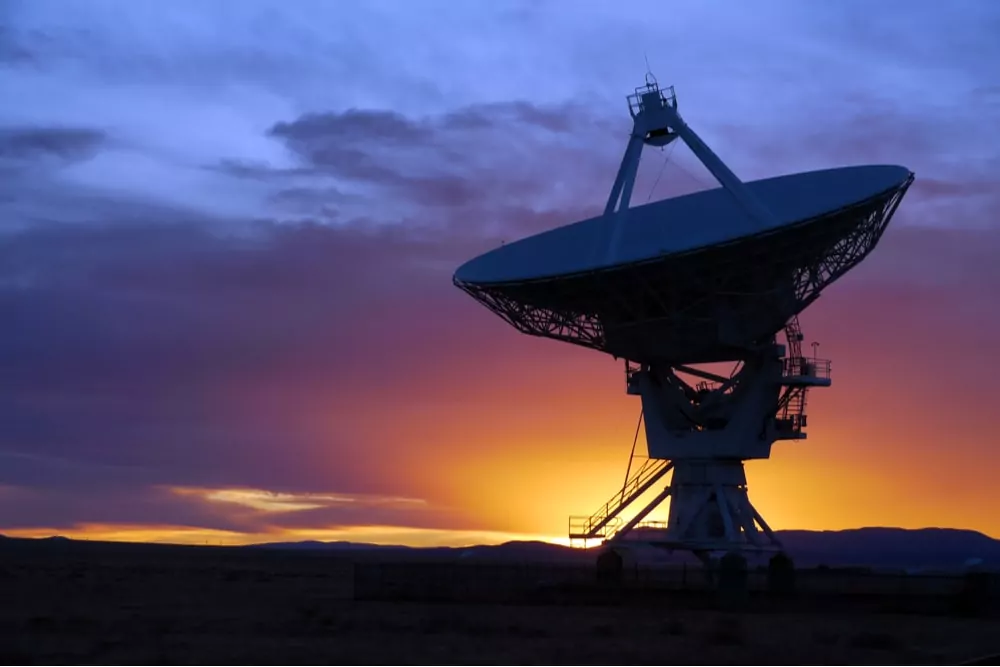
A new kind of traffic
In its simplest form, traffic congestion can be explained in physical terms as the way in which vehicles interact to impede each other's progress. It's the scourge of the motorist, the cyclist and even the pedestrian, and with the recent growth and spike in activity within the space sector the question of 'do we really have to worry about congestion in the vastness of space?' has started to become an important topic of conversation. Two recent near-misses suggest we might have more cause for concern about space traffic than ever before.
On 1 July 2021, satellite Starlink-1095, owned by Elon Musk's SpaceX, descended from an operating average altitude of 555km to 382km, where it would have collided with China's Tianhe space station had the orbiting lab not made evasive manoeuvres. The second occurred on 21 October 2021, when manoeuvres by Starlink-2035 threatened to move it within a few hundred metres of the Chinese space station. The lab moved to a different altitude to avoid a possible collision.
The scale of the problem
Why do we have anything to worry about when there is so much 'space' up there? Apart from the obvious threat to the lives of the astronauts onboard the space station (or 'taikonauts' as they are referred to in China), space collisions can destroy space tech and leave space debris, adding to the growing problem. Moreover, space congestion is set to worsen as enterprising space ventures like SpaceX and OneWeb send more and more objects into space.
According to the European Space Agency (ESA), more than 6,050 launches over the past 60 years resulted in approximately 56,450 tracked objects in orbit, of which about 28,160 remain in space today. About 24% of these objects are satellites.
With over 4,800 commercial satellites currently in operation (double the number from 5 years ago) and a space debris field of about 19,000 space objects large enough to be tracked on radar, it's no wonder ESA predicts that in future, space collisions are likely to be the most dominant source of space debris. But who is responsible if and when one satellite crashes into another?
It's a question of responsibility
Following the near-misses between Starlink satellites and the Tianhe Space Station, the Chinese government sent a memo to the United Nation's Committee on the Peaceful uses of Outer Space, which is responsible for overseeing operations in space.
China referred the UN Secretary-General to article V of the Treaty on Principles Governing the Activities of States in the Exploration and Use of Outer Space, including the Moon and Other Celestial Bodies (the "Outer Space Treaty"), specifically the section which reads as: 'States Parties to the Treaty shall immediately inform the other States Parties to the Treaty or the Secretary-General of the United Nations of any phenomena they discover in outer space… which could constitute a danger to the life or health of astronauts'.
China also referred to article VI which establishes State Party liability 'for national activities in outer space… whether such activities are carried on by governmental agencies or by non-governmental entities, and for assuring that national activities are carried out in conformity with the… present Treaty'. The memo suggested that the SpaceX near-misses demonstrated the United States' failure to meet these obligations.
While the US State Department did not respond to the SpaceX incidents specifically, a spokesperson stated that the US 'encouraged all countries with space programs to be responsible actors, to avoid acts that may put in danger astronauts, cosmonauts, others who may be orbiting the Earth'.
The solution
It's been suggested that China's response to the incidents could prompt global action on managing space congestion, as well as an update to the Outer Space Treaty, which was established during the Cold War. We might even see the establishment of an informal system that relies on operators to email warnings of potential collisions to each other.
The UK Government has shown signs that it is keen to take a lead in supporting safe and sustainable space operations. In October 2021, the UK Space Agency (UKSA) announced a raft of initiatives to address orbital congestion and space debris.
Among the initiatives planned, the UKSA announced it will be partnering with US-based company Numerica Corporation, which will provide high-quality space surveillance and tracking (SST) data from a worldwide network of optical telescopes and state-of-the-art software solutions. The SST data will help keep UK-licensed satellites operating safely by allowing the UKSA to better estimate the position, velocity and trajectory of satellites and alert satellite operators to potential collisions with other space objects.
We can help
Dealing with space congestion will become imperative for space businesses as the market for satellite data increases and more objects are launched into orbit. As the UK's regulatory framework for space develops, we can expect to see a greater emphasis on the need to manage congestion and mitigate risk, ensuring space activities remain as safe and sustainable as possible. This will be a key factor in discussions around licensing, insurance, and liability.
With our sound knowledge and proven expertise in the space sector, we are well placed to help you and your business navigate this rapidly developing 'space'-scape. Get in touch with us if you would like to learn more.
Sources
Elon Musk’s SpaceX Satellite Narrowly Misses China’s Lab, Sparking Complaint - Bloomberg
China Says It Complained to UN About Musk’s SpaceX Satellites - Bloomberg
UK working with global partners to clear up dangerous space debris - GOV.UK (www.gov.uk)



